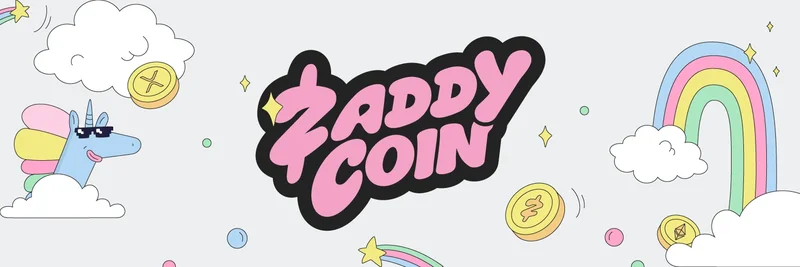Jon Charbonneau, co-founder of DBA Crypto, recently shared a thought-provoking tweet linking to his latest blog post on dba.xyz. In it, he breaks down two key investing metas in crypto: the "revenue meta" focused on fundamentals and the "DAT meta" centered on flows. As someone who's been deep in the crypto trenches, Jon's take is a must-read for anyone navigating the wild ride of meme tokens.
Let's unpack this. Fundamental investing is all about buying assets because you believe they'll deliver real, quantifiable value—like cash yields or utility—based on solid assumptions. Think of it as betting on a project's intrinsic worth. On the flip side, greater fool investing (or flows) is when you buy something just because you think someone else will pay more for it later, even if it's overvalued. Meme tokens often fall squarely into this category, where hype and community momentum drive prices sky-high without much underlying "fundamentals."
Jon highlights how crypto's latest trends spotlight these approaches. The revenue meta emphasizes protocols that generate actual income, like those with strong user bases and fee structures. For meme token enthusiasts, this might mean looking beyond the jokes to projects building real community utility or integrations that could lead to sustainable revenue.
Meanwhile, the DAT meta—short for Digital Asset Treasury—is all about flows, where capital inflows from treasuries or big players pump up prices. Jon notes that betting on flows can lead to massive wins, like those 1000x memecoin pumps, but it's riskier and harder to predict without an edge (and no, insider trading doesn't count as fair play).
What I love about Jon's framework is how it bridges growth and value investing. Even in meme tokens, which are typically seen as pure speculation, there's room for fundamentals if a project shows growth potential. For instance, a meme coin that evolves into a DAO with treasury management or NFT integrations could shift from pure flows to having some real economic backbone.
In the post, Jon uses examples like Tether for steady fundamentals and warns about the unpredictability of manias like DAT. For meme token investors, this is a reminder: while flows can make you rich quick (think swapping profits into BTC or ETH for long-term holds, as one reply suggested), combining both strategies might be the sweet spot. Spot the hype early for flows, then assess if there's growth potential for fundamentals.
This ties perfectly into the broader blockchain ecosystem. As meme tokens continue to dominate trading volumes on chains like Solana or Ethereum, understanding these metas can help you avoid the biggest losers and catch those elusive winners. Jon's post is a quick 10-minute read, but it packs a punch for anyone building their knowledge base in this space.
If you're into meme tokens, check out Jon's full post here and his tweet here. It's insights like these that keep the crypto community sharp and ahead of the curve.
Key Takeaways for Meme Token Traders
- Fundamentals Provide Downside Protection: Look for meme projects with active communities or upcoming utilities to avoid total wipeouts.
- Flows Drive Upside: Hype cycles in memes can lead to explosive gains, but time your exits before the mania fades.
- Blend the Two: The best plays might start as flow bets but evolve into fundamental holds as the project matures.
Stay tuned to Meme Insider for more breakdowns on the latest in meme tokens and blockchain tech. What's your take—fundamentals or flows for memes? Drop your thoughts below!



